Home>Ideas and Tips>Top 10 Native Plants For Midwestern Gardens
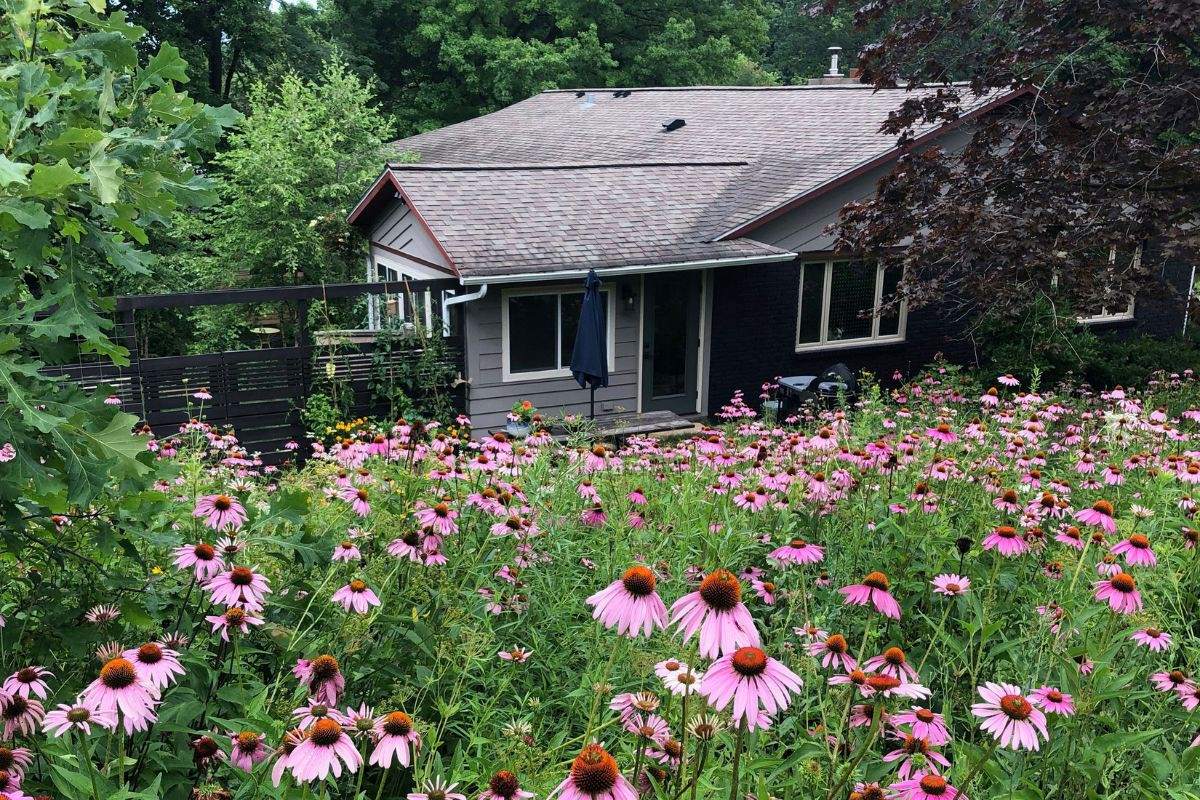

Ideas and Tips
Top 10 Native Plants For Midwestern Gardens
Modified: November 1, 2024
Discover the top 10 native plants for Midwestern gardens. Enhance your landscape with low-maintenance, eco-friendly choices that attract pollinators and wildlife.
(Many of the links in this article redirect to a specific reviewed product. Your purchase of these products through affiliate links helps to generate commission for Storables.com, at no extra cost. Learn more)
Introduction
Gardening in the Midwest can be a delightful experience, especially when you choose plants that are native to the region. These plants have evolved over thousands of years to thrive in the local climate and soil conditions, making them ideal for low-maintenance and eco-friendly gardening. In this article, we will explore the top 10 native plants for Midwestern gardens, highlighting their unique characteristics, benefits, and how to incorporate them into your landscape.
Gardening in the Midwest is a joy when you pick plants that naturally belong there. Native plants have adapted over thousands of years to the local climate and soil, making them perfect for low-maintenance and eco-friendly gardens. Let's dive into the top 10 native plants for Midwestern gardens, showcasing their unique features, benefits, and tips on how to include them in your landscape.
1. Purple Coneflower (Echinacea purpurea)
The Purple Coneflower is one of the most iconic native plants in the Midwest. This perennial flower is known for its striking appearance, with pinkish-purple petals surrounding a spiky, raised center. It grows 2-5 feet tall and has deep roots that make it drought-tolerant and hardy in zones 3-8.
Benefits:
- Attracts Pollinators: The Purple Coneflower is a favorite among butterflies and bees, providing them with essential nectar.
- Bird-Friendly: The spiky centers are full of seeds that feed songbirds during the fall, offering winter interest.
- Low Maintenance: This plant requires minimal care, making it perfect for busy gardeners.
How to Incorporate:
Plant Purple Coneflowers in well-drained soil and full sun. They can thrive in a variety of conditions, from prairies to meadows, and even in rain gardens.
2. Wild Bergamot (Monarda fistulosa)
Wild Bergamot is another perennial native to the Midwest, known for its fragrant leaves and lavender flowers. This plant attracts bees, butterflies, and hummingbirds, making it a great choice for pollinator gardens.
Benefits:
- Fragrant Leaves: The leaves of Wild Bergamot have a distinctive minty aroma.
- Attracts Pollinators: The flowers are rich in nectar, attracting a variety of pollinators.
- Low Maintenance: This plant is easy to grow and requires minimal care.
How to Incorporate:
Plant Wild Bergamot in well-drained soil and full sun. It prefers moist conditions but can tolerate some drought.
3. Bluestem Grasses (Andropogon gerardii and Schizachyrium scoparium)
Bluestem Grasses are tall, perennial grasses that add movement and beauty to any landscape. They grow up to 6 feet tall and have a stunning autumn color.
Benefits:
- Autumn Color: The grasses turn a vibrant golden color in the fall.
- Soil Stabilization: These grasses help hold the soil in place, preventing erosion.
- Low Maintenance: They require minimal care and can thrive in a variety of conditions.
How to Incorporate:
Plant Bluestem Grasses in well-drained soil and full sun. They can be used in meadows, prairies, or even as a border plant.
4. Compass Plant (Silphium laciniatum)
The Compass Plant is a tall, sun-loving perennial with large yellow flowers. Its leaves are uniquely aligned north-south, giving it its name.
Benefits:
- Unique Leaves: The leaves of the Compass Plant are one of its most distinctive features.
- Attracts Pollinators: The large yellow flowers attract bees and butterflies.
- Low Maintenance: This plant is easy to grow and requires minimal care.
How to Incorporate:
Plant Compass Plants in well-drained soil and full sun. They prefer dry to medium-moisture conditions.
5. Maidenhair Fern (Adiantum pedatum)
Maidenhair Fern is a delicate-looking fern that thrives in shaded areas. It has unique, fan-shaped leaves that add a touch of elegance to any garden.
Benefits:
- Shaded Areas: This fern is perfect for shaded areas under deciduous trees or shrub canopies.
- Low Maintenance: It requires minimal care and can thrive in moist conditions.
- Unique Leaves: The fan-shaped leaves are one of its most distinctive features.
How to Incorporate:
Plant Maidenhair Fern in shaded areas with moist soil. It prefers mesic conditions and can be used as a ground cover.
6. Red Osier Dogwood (Cornus sericea)
Red Osier Dogwood is a shrub known for its brilliant red stems in the winter. It grows 8-12 feet tall and nearly as wide, making it a great privacy screen.
Benefits:
- Winter Interest: The red stems provide winter interest and can be used as a hedge or border plant.
- Pollinator Friendly: The flat-topped white spring flower clusters attract pollinators.
- Bird-Friendly: The white berries in the fall attract birds.
How to Incorporate:
Plant Red Osier Dogwood in well-drained soil and full sun. It can handle wet to average garden conditions.
7. Great Blue Lilyturf (Liatris spp.)
Great Blue Lilyturf is a big blue version of the Cardinal flower. It has big spikes of clear purplish flowers that attract butterflies and hummingbirds.
Benefits:
- Attracts Pollinators: The flowers are rich in nectar, attracting a variety of pollinators.
- Water Garden Plant: This plant is perfect for water gardens and supports nectar-seeking pollinators.
- Low Maintenance: It requires minimal care and can thrive in moist conditions.
How to Incorporate:
Plant Great Blue Lilyturf in well-drained soil and full sun. It prefers moist conditions but can tolerate some drought.
8. Black-Eyed Susan (Rudbeckia hirta)
Black-Eyed Susan is a very easy-to-grow wildflower native to the central United States. It is tolerant of a wide variety of growing conditions and is very reliable when started from seed.
Benefits:
- Easy to Grow: Black-Eyed Susans are easy to grow from seed and can thrive in dry to medium-moisture soil.
- Long Blooming Period: They have a relatively long blooming period, typically from late spring until mid to late summer.
- Wildlife Attraction: The bright yellow flowers have distinctive dark brown to black centers and make excellent cut flowers. They are also excellent wildlife flowers, attracting butterflies and pollinators.
How to Incorporate:
Plant Black-Eyed Susans in well-drained soil and full sun. They can be used as annuals or short-lived perennials and readily reseed themselves.
9. Prairie Blazing Star (Liatris spicata)
Prairie Blazing Star is a spectacular wildflower native to the prairies, meadows, and open woodlands of central North America. It thrives in full sun but tolerates some light shade.
Benefits:
- Extended Blooming Period: The large, bushy purple flowers develop along tall flowering spikes and open from the top down for an extended blooming period.
- Pollinator Favorite: While flowering, these plants are a pollinator favorite.
- Seed Attraction: After blooming, seed-eating birds forage on the dried seedheads.
How to Incorporate:
Plant Prairie Blazing Star in well-drained soil and full sun. It prefers moist conditions but can tolerate some drought.
10. Black Chokeberry (Aronia arbutifolia)
Black Chokeberry is a small to mid-sized deciduous shrub native to eastern North America. It is a good option for a hedgerow or rain garden.
Benefits:
- Hedgerow Plant: The shrub grows well in hedgerows and can provide privacy.
- Rain Garden Plant: It thrives in moist conditions, making it perfect for rain gardens.
- Pollinator Friendly: The shrub attracts pollinators with its white flowers in the spring.
How to Incorporate:
Plant Black Chokeberry in well-drained soil and partial shade to full sun. It prefers moist conditions but can tolerate some drought.
Conclusion
Incorporating native plants into your Midwestern garden not only enhances the beauty of your yard but also supports local ecology. These plants have evolved over thousands of years to thrive in the local climate and soil conditions, making them ideal for low-maintenance and eco-friendly gardening. By choosing these top 10 native plants, you can create a diverse and resilient garden that attracts pollinators, birds, and other wildlife while requiring minimal care.
Additional Tips for Gardening with Native Plants
- Choose Plants Based on Your Site: Study your landscape and learn your USDA Plant Hardiness Zone. Choose plants that are well-suited for your site conditions.
- Use Local Sources: Look for plants and seeds from within 800 miles to ensure they are adapted to your weather, water, and sunshine.
- Support Local Ecology: Native plants support local pollinators and wildlife by providing them with a food source they recognize.
- Plant in Season: Plant native plants in the spring or fall when the weather is cooler, reducing stress on the plants.
- Respect and Protect Wildflowers: Remember to respect and protect wildflowers and their habitats by leaving only footprints and taking only memories and photos.
By following these tips and incorporating these top 10 native plants into your garden, you can create a stunning and sustainable landscape that benefits both you and the environment.
Read more: When To Plant California Native Plants
Resources for Native Plant Information
For more information on native plants, you can explore the following resources:
- NatureHills.com: This website provides detailed information on various native plants, including growing tips and benefits.
- Gardenia.net: This site offers a comprehensive list of Midwest native plants, including their characteristics and uses.
- The Plant Native: This website provides FAQs and resources for native gardening, including recommendations for buying native seeds and plants online.
- Epic Gardening: This article introduces 31 recommended native plants for the Midwest, covering a wide variety of species suitable for different garden conditions.
- Fine Gardening: This guide provides insights into native plants in the Midwest, highlighting their ecological benefits and how to incorporate them into your landscape.
By leveraging these resources, you can make informed decisions about which native plants to choose for your garden and how to care for them effectively.
Final Thoughts
Gardening with native plants can be a very enjoyable and rewarding experience. Midwestern gardeners will find many wonderful plants to choose from, each offering unique benefits and characteristics that enhance the beauty of your garden while supporting local ecology. By choosing these top 10 native plants, you can create a diverse and resilient garden that attracts pollinators, birds, and other wildlife while requiring minimal care.
Happy planting
Was this page helpful?
At Storables.com, we guarantee accurate and reliable information. Our content, validated by Expert Board Contributors, is crafted following stringent Editorial Policies. We're committed to providing you with well-researched, expert-backed insights for all your informational needs.
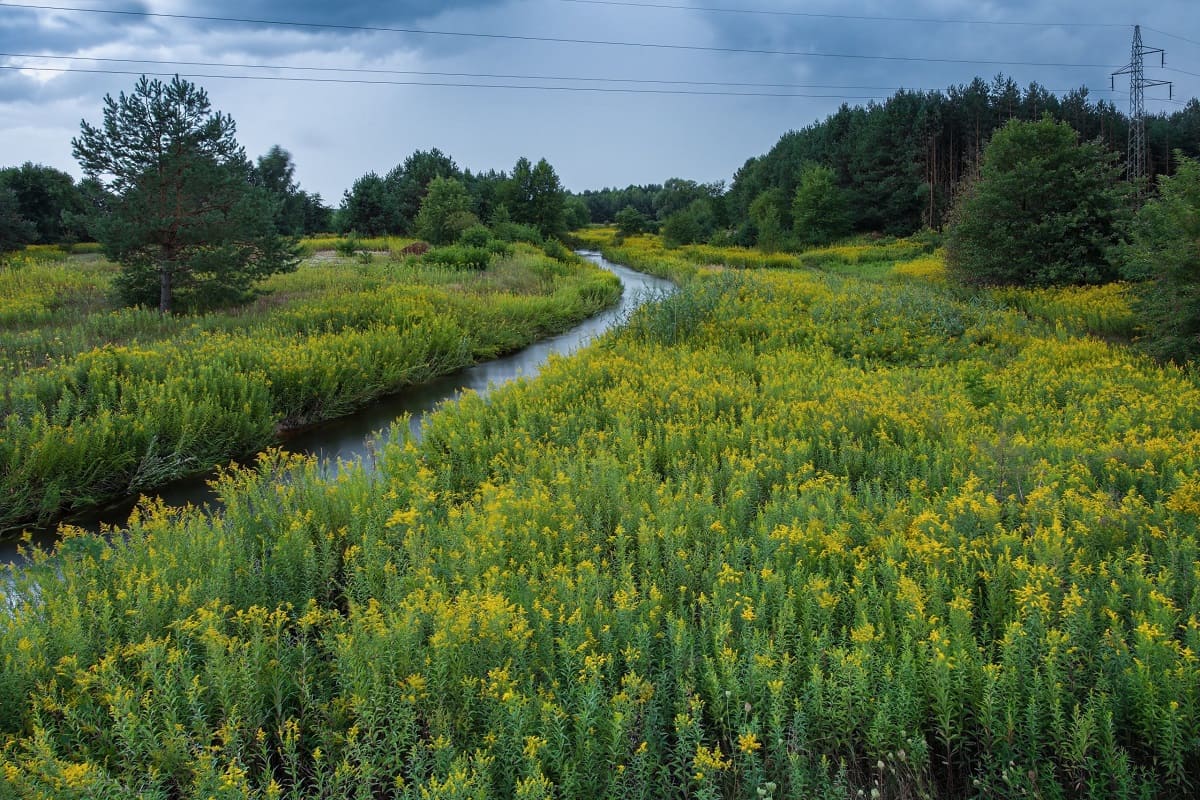
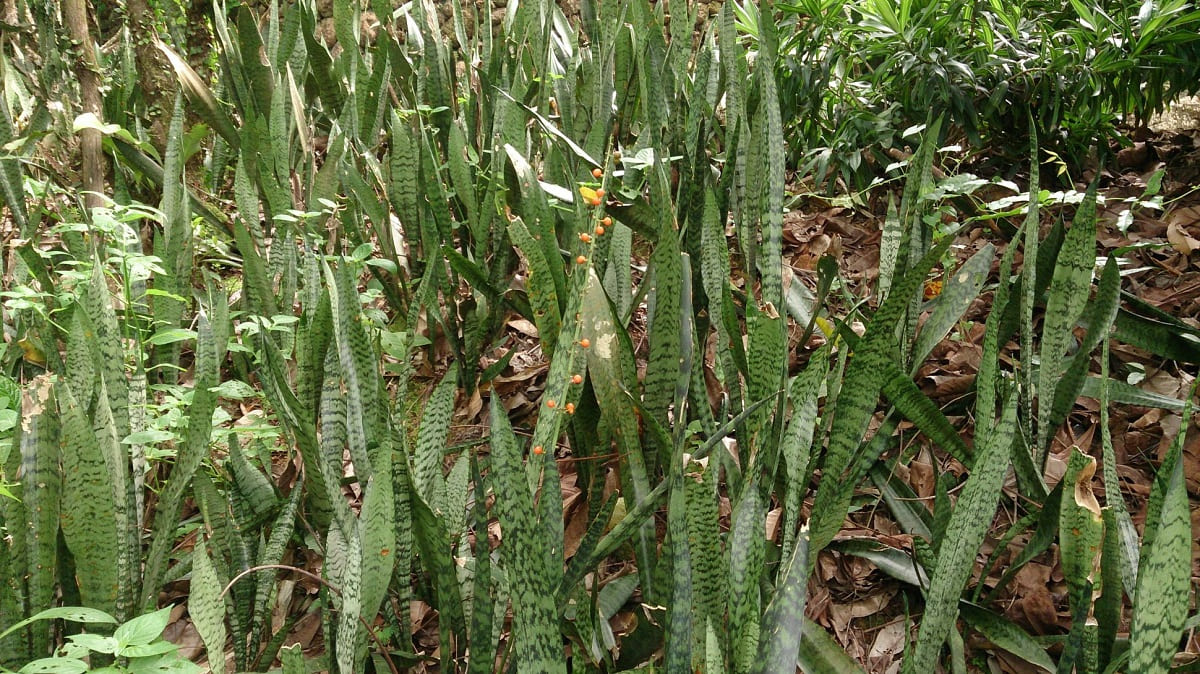
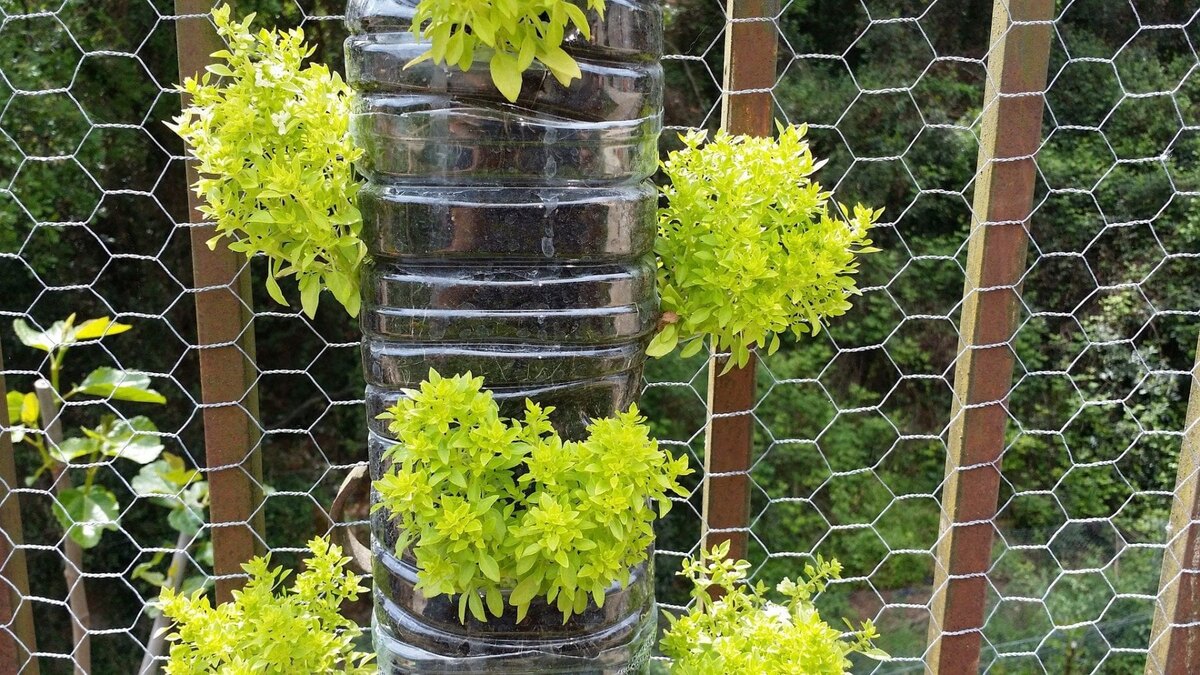
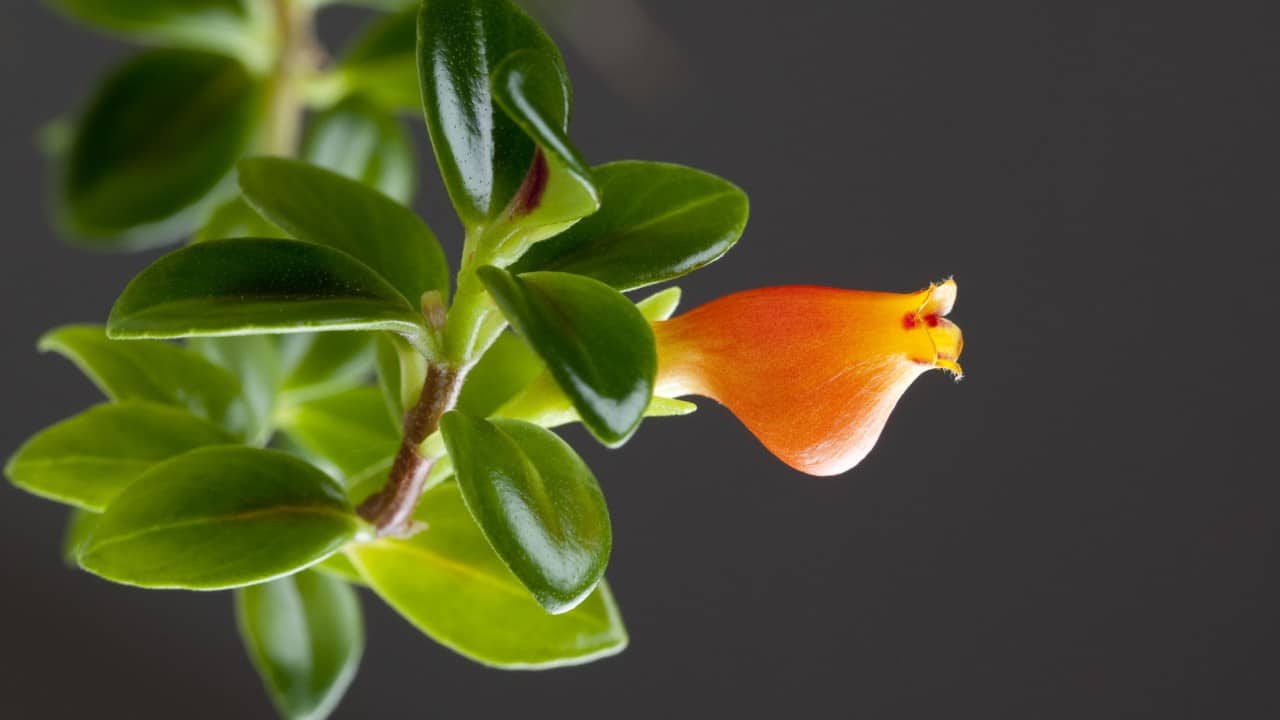
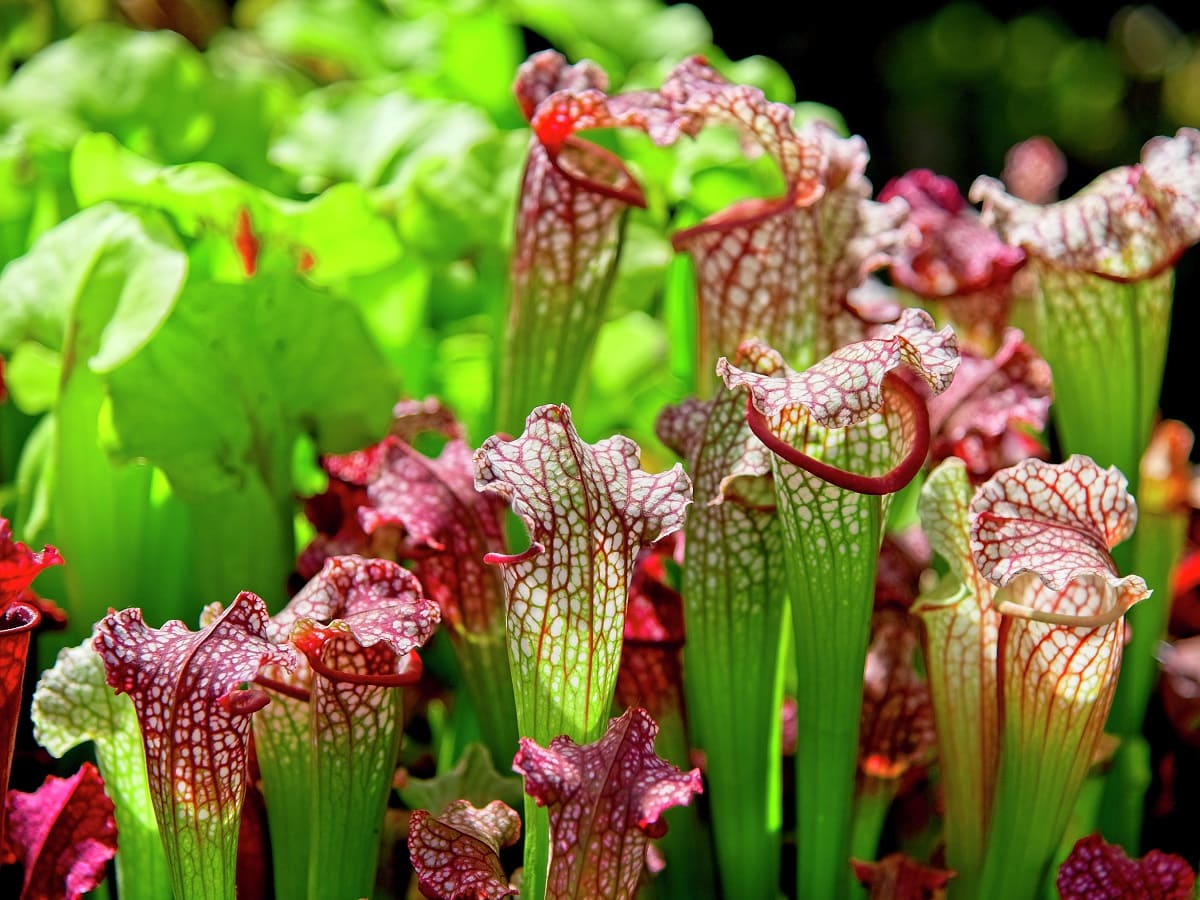
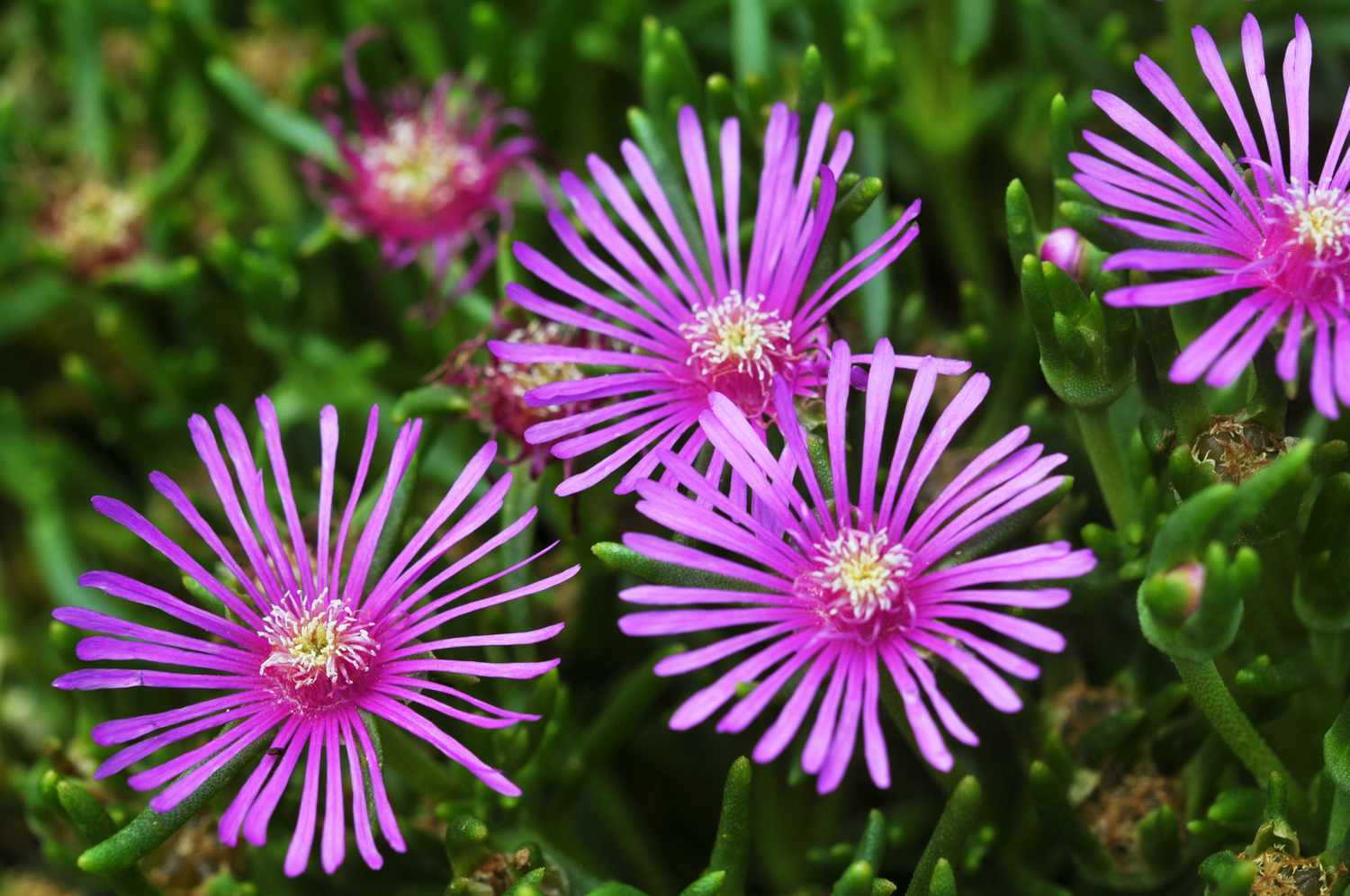
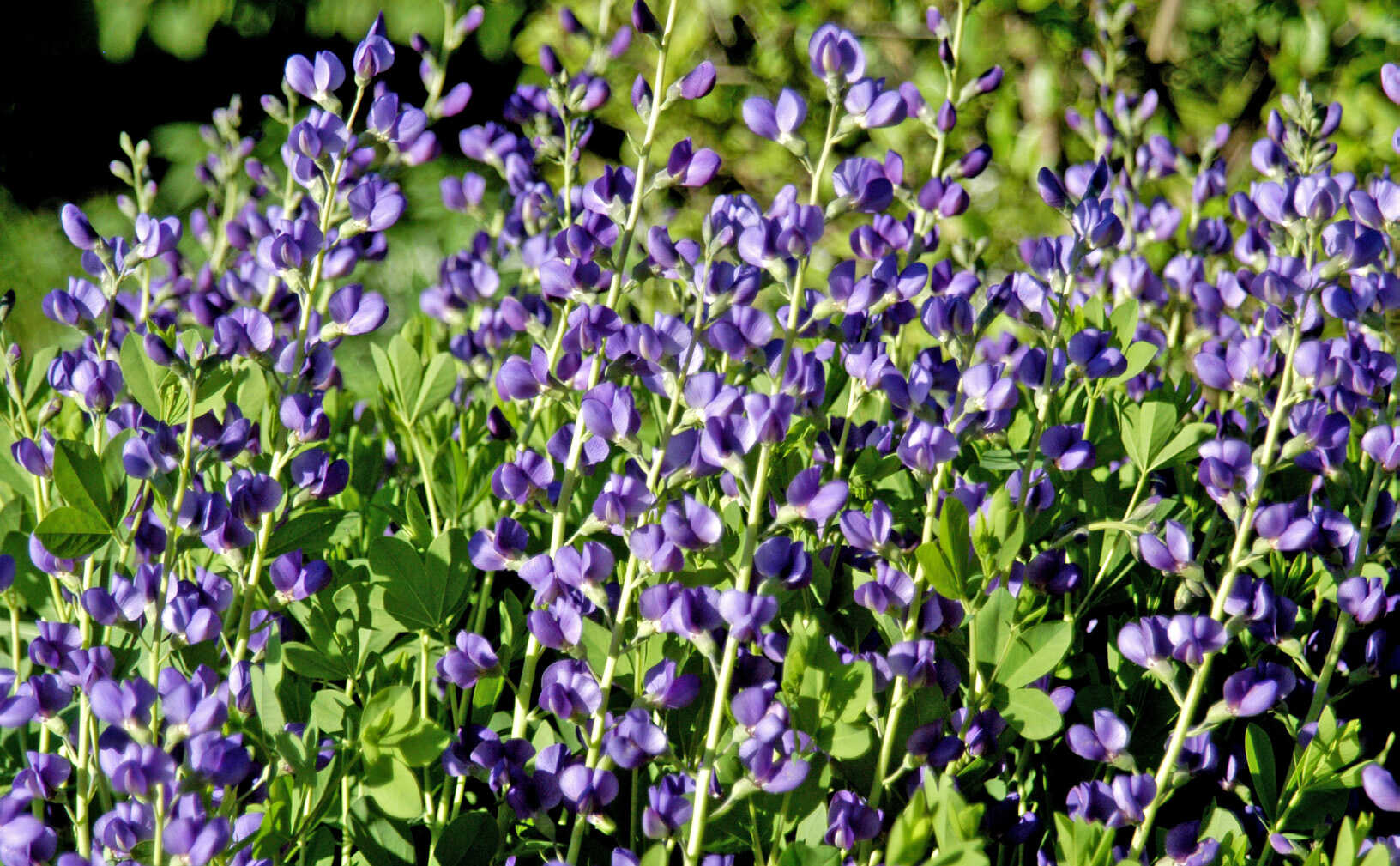

0 thoughts on “Top 10 Native Plants For Midwestern Gardens”